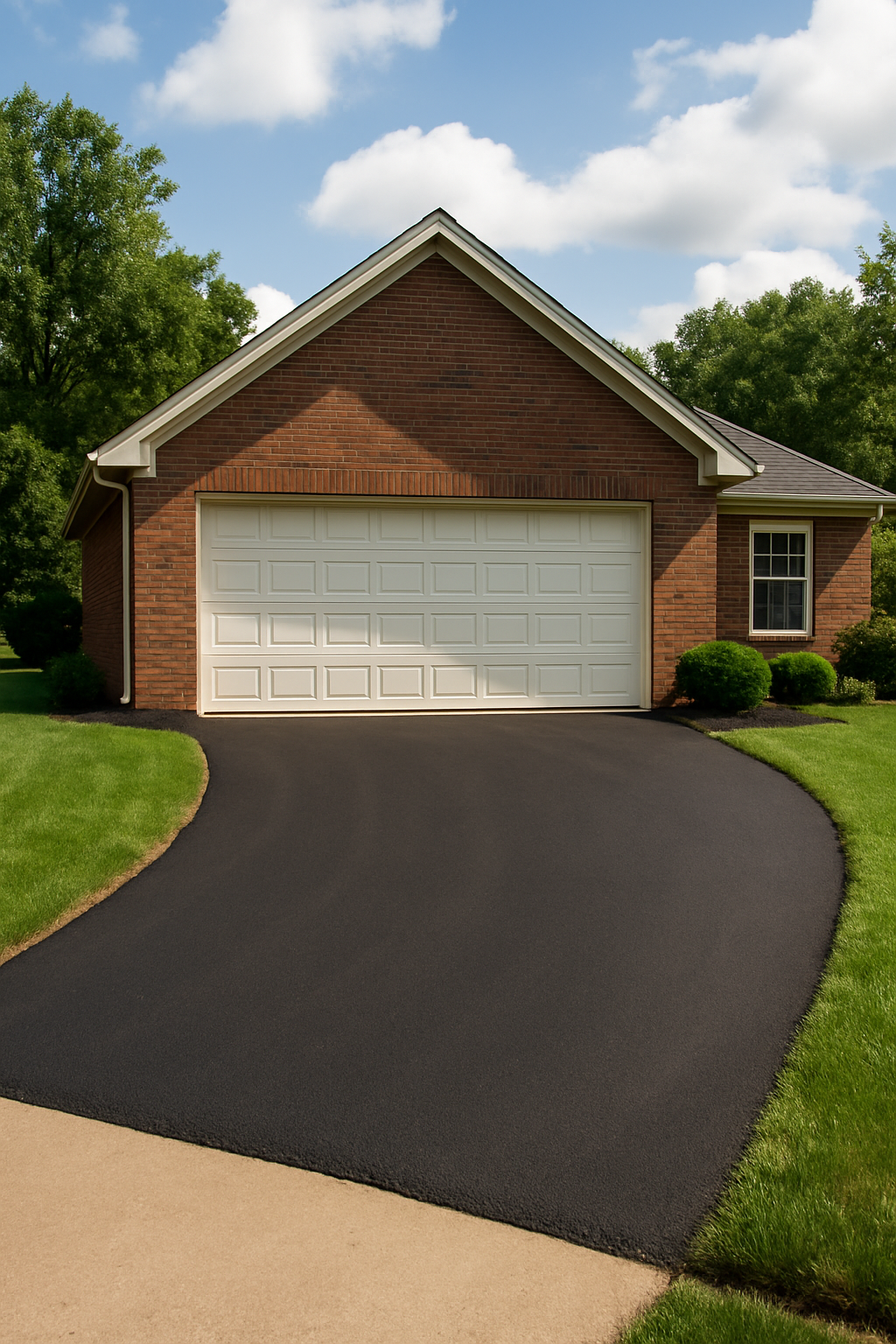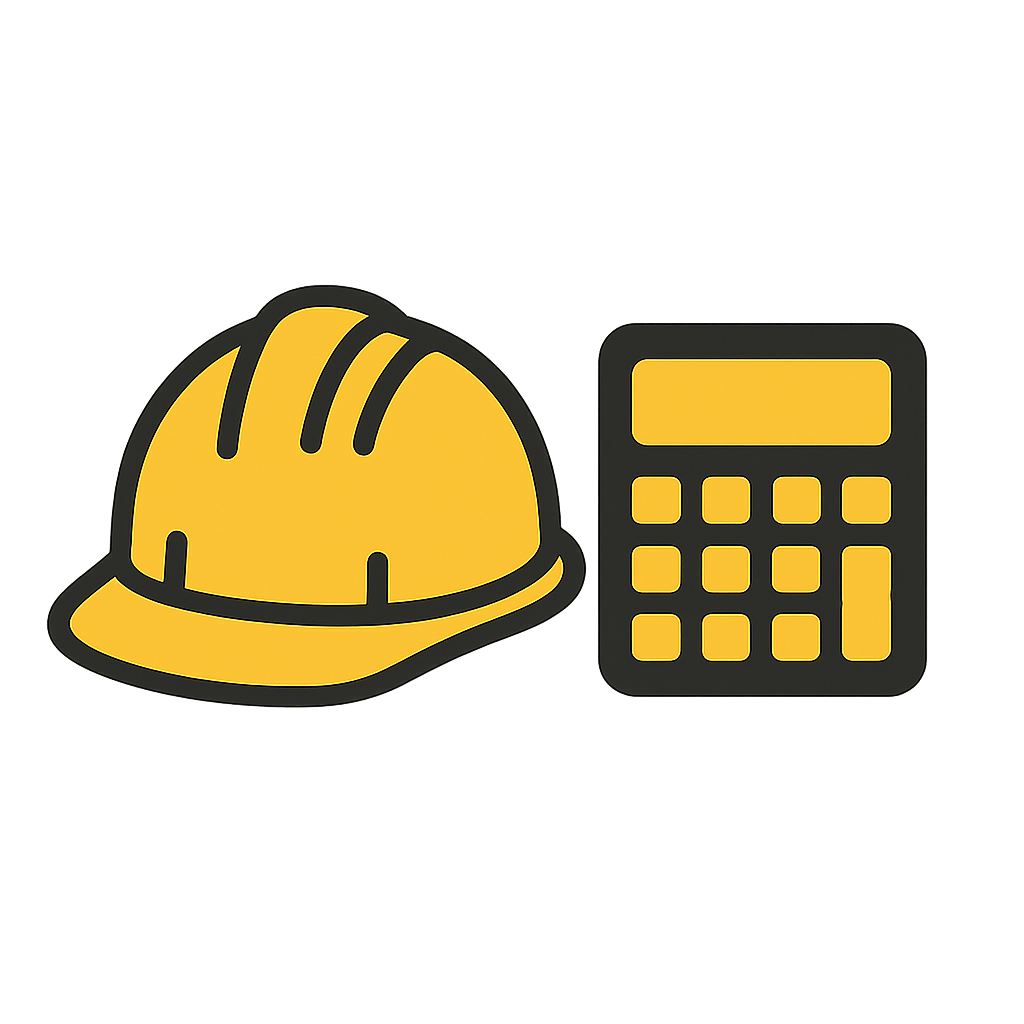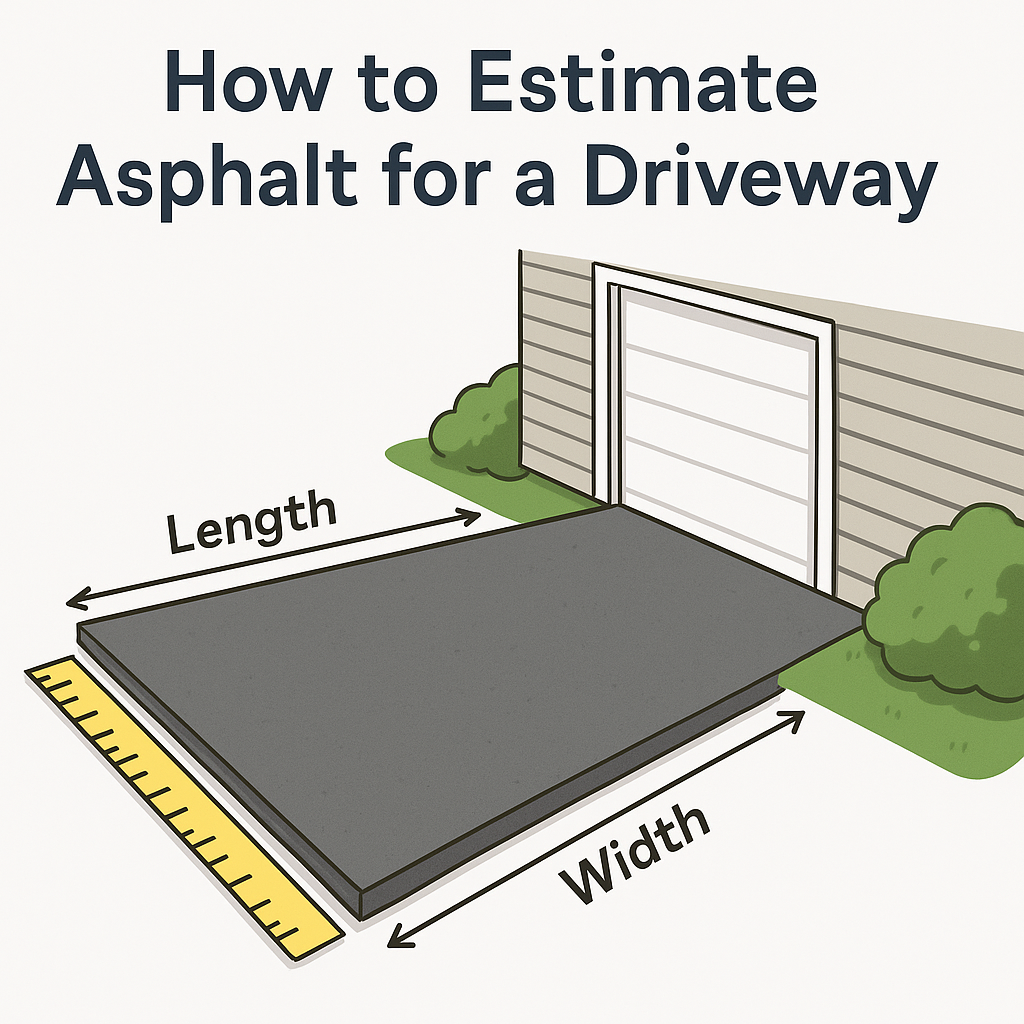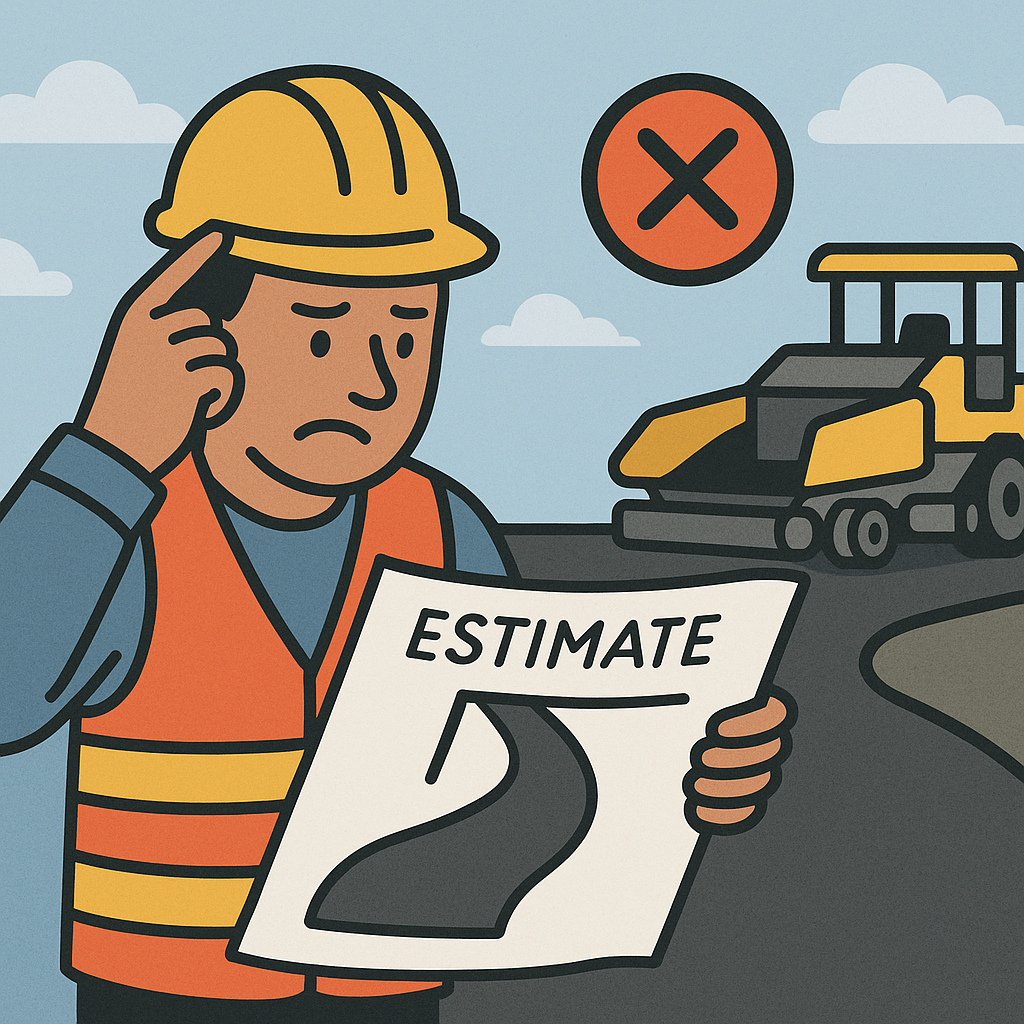Measurement Help
How to Measure Your Driveway for Asphalt Projects
Before you can estimate costs or order materials for your asphalt project, you need precise measurements. Even a small measurement error can lead to significant cost discrepancies. This comprehensive guide walks you through every step of the measurement process, whether your driveway is rectangular, curved, or has a custom shape with multiple sections.

Tools You'll Need
Having the right tools makes the measurement process much easier and more accurate. Consider using:
- Long tape measure (at least 50 feet) for standard measurements
- Laser distance meter for faster, more accurate readings on straight sections
- Measuring wheel for curved or irregular paths
- Graph paper and pencil for sketching your layout
- Calculator for adding sections and converting measurements
- Smartphone with camera to document your measurements
Step-by-Step Measurement Process
1. Prepare a Sketch
Begin by drawing a rough sketch of your driveway, noting any curves, islands, or unusual features. This visual reference will help you organize your measurements and ensure you don't miss any sections.
2. Measure Rectangular Sections
For straight, rectangular sections:
- Measure the length from end to end
- Measure the width at several points (beginning, middle, and end)
- If widths vary slightly, use the average for your calculations
- Calculate area by multiplying length × average width
3. Handle Curved or Irregular Areas
For curved or irregular sections:
- Method 1: Divide into simple geometric shapes (rectangles, triangles, circles)
- Method 2: Use a measuring wheel to trace the perimeter
- Method 3: Take measurements every few feet and use the trapezoidal rule for area calculation
4. Calculate Total Square Footage
Add the square footage of all sections to get your total area. For example:
- Main driveway section: 40 ft × 12 ft = 480 sq ft
- Parking pad: 20 ft × 20 ft = 400 sq ft
- Curved entrance: 100 sq ft (approximated)
- Total area: 980 square feet
Tips for Accurate Measurements
- Measure twice to verify your numbers and avoid costly errors
- Include a buffer zone of 6-12 inches on each side where the asphalt will meet landscaping
- Document with photos and note measurements directly on them
- Consider future needs - if you might expand later, measure those areas too
- Account for slopes by measuring the actual surface distance, not just the horizontal distance
Common Measurement Mistakes to Avoid
- Forgetting to convert between different units (inches to feet, etc.)
- Measuring only at one point when width varies
- Overlooking small extensions or cutouts
- Not accounting for the actual surface area on sloped driveways
- Failing to add a small buffer for edges and transitions
Next Steps After Measuring
Once you have your accurate square footage:
- Determine the appropriate asphalt depth using this asphalt depth guide
- Calculate material needs with the asphalt calculator
- Estimate total project costs using this pricing guide
- Learn about common estimation errors in this mistakes guide
For complex driveways with multiple sections or unusual shapes, consider consulting with a professional contractor who can provide precise measurements and recommendations tailored to your specific project needs. The small investment in professional measurement can prevent costly over-ordering or shortages during installation.



